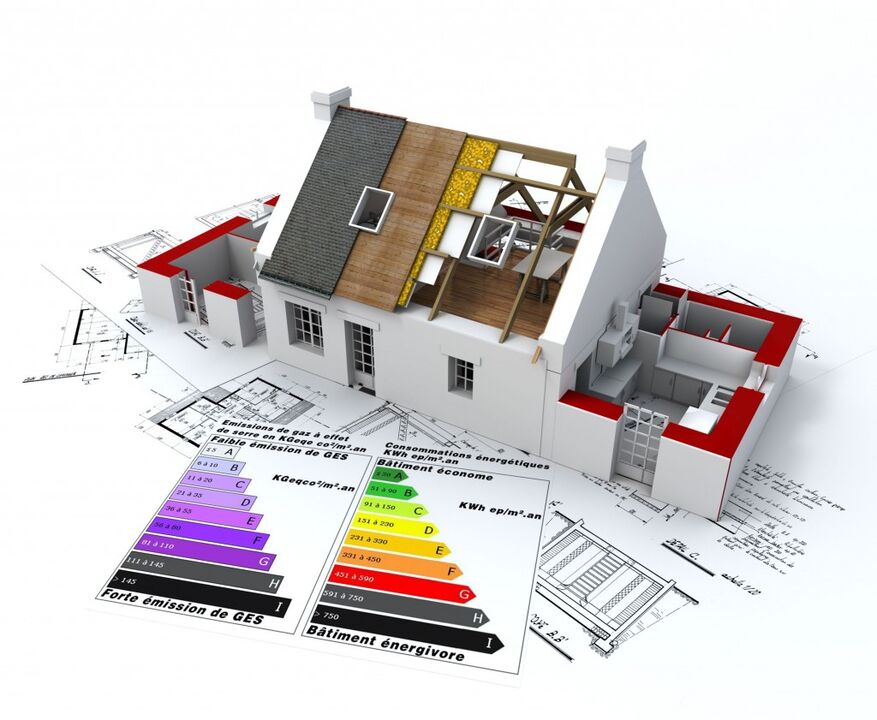
Every year, more and more people choose to live in the private sector. Eco-house construction is a modern trend, and it is inseparable from the introduction of energy-saving technologies. The main secret of the effectiveness of this kind of house lies in the combination of house engineering and architectural design. It is very difficult to implement energy-saving technologies in already built houses-this is a very expensive reconstruction, and sometimes even impossible.
For many countries, the use of energy-saving technology to build wooden houses is a common practice. It is important to consider all the details of construction so that your solution will be cost-effective. For example, if you do not intend to live in your house permanently, then the insulation of the floor is meaningless. In the long run, floor heating systems will be cheaper.
Considering the design of the house, you need to determine your priorities: large windows will bring more light to your home, but small windows will keep you warm. Most likely, you will have to give up the idea of installing panoramic windows.
Place the room where you plan to spend most of your time on the sunniest side. Therefore, the house will get more solar energy during the day. Bathrooms, toilets, garages and other rooms can face north.
Thermal insulation of wooden houses
After building the house, it's time to consider proper insulation measures. The main goal of this stage is to minimize the heat loss to the environment.
More than 40% of the heat passes through the walls of the house, so it is important to consider the following factors:
- Structural changes during the shrinking process;
- Precise connection of joints;
- Calculation of future shrinkage (for multi-layer beams, it will be about 1%);
- The composition to isolate the roof joints.
The house loses 20% of its heat through the roof. It must be insulated with the same material as the wall. When choosing materials for insulation and building houses, it is important to remember that the thickness of the insulation layer must be at least 20 cm.
Double-glazed windows
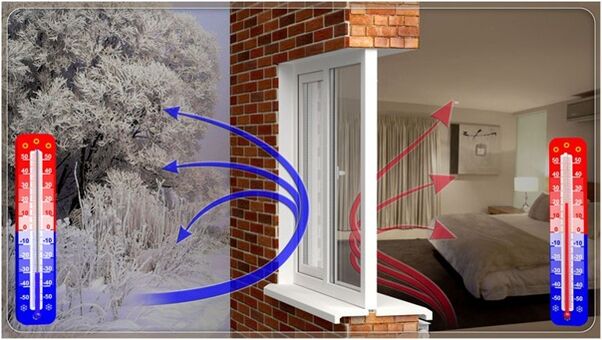
More than 20% of the heat is transferred through the windows. Currently, there are two types of glass that can prevent heat loss in the home:
- Low-E glass, the material of which allows ultraviolet radiation to pass through the home, while the long wave (generated by heaters and people) stays in the home.
- Selective glass. The double-glazed windows in such windows are full of gas, so their thermal conductivity is lower than that of air. The result is less heat transfer from the home to the environment.
We insulate floors
The following materials are used for insulating floors:
- Insulating compound is a simple way to keep warm, you can add a decorative cover immediately. The only disadvantage is its high price.
- Aerated concrete is a cement sand covering layer, which contains nitrogen bubbles in the structure, making the floor very strong.
- Cement sand board with foamed plastic particles, vermiculite, expanded clay, and marble chips.
wall
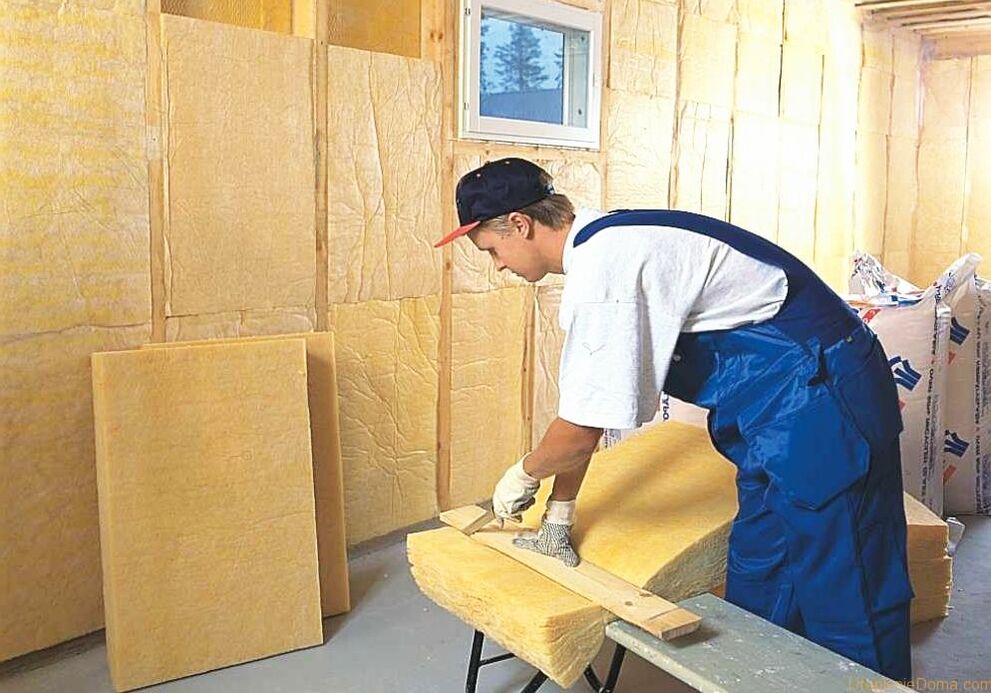
The house lost 10% of its energy through the foundation walls. This is caused by freezing on the ground in winter. All experts recommend insulating the walls and ceiling of the basement. This will have a positive impact on protecting your house from environmental impacts. The following materials are mainly used here:
- Polyurethane spraying machine.
- Styrofoam.
- Expanded clay. It is the least popular because it requires more labor input and has higher thermal conductivity than previous materials.
Heating costs are the largest of all household expenses. This is why the problem of heating and its efficient operation is very popular in private wooden houses. On this issue, a comprehensive approach should be used, which includes several steps:
- Choose a modern heating system method;
- Cheap and environmentally friendly fuel;
- Good insulation at home;
- Insulation of doors and windows.
In this case, you will spend the winter in comfortable conditions without incurring huge fuel costs.
First, you should start with insulated wooden houses. This is the first important component. You only need to invest once in the construction phase of the house, which will greatly save your budget. A well-insulated house is the house with the least heat loss, so heating costs are the lowest. Even if only one window has poor insulation, the heat loss will increase several times. It is recommended to use advanced isolation technology. Using the old-fashioned method is a waste of time and money.
Boiler automation
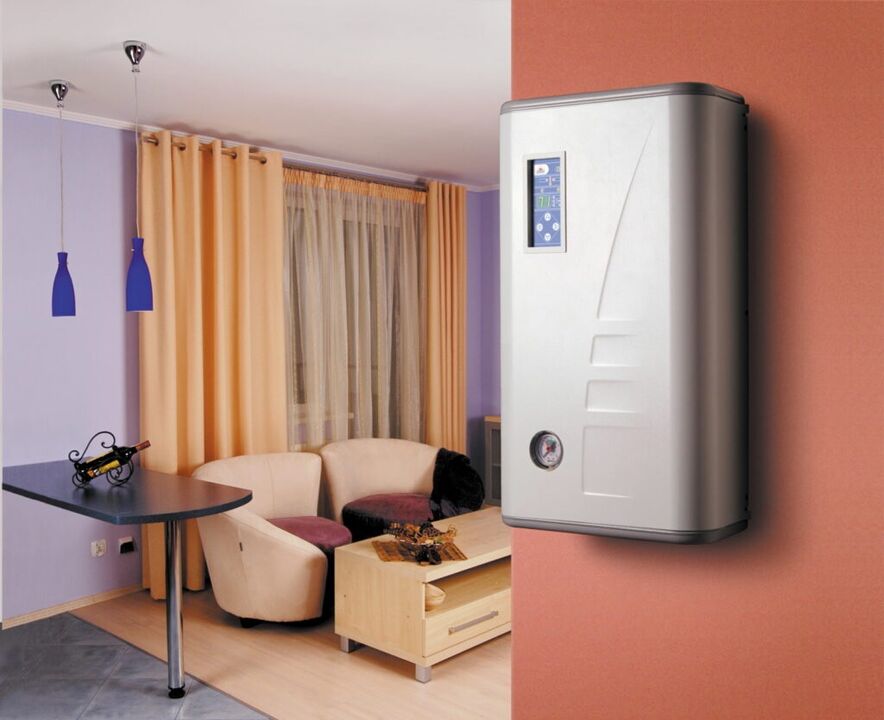
For every 1°C increase in indoor temperature, fuel consumption will increase by 5%. This problem can be solved by installing a boiler automation system.
Automation allows you to control comfort conditions-a decrease or increase in the temperature outside your home will automatically change the temperature in the room immediately. The system is fuel-efficient and very efficient, which will save you money in the long run. There is no need to heat the house to the maximum if you are away from the house for a few days. In this case, you can set the automation to a specific time. This means that the system will maintain the lowest temperature conditions when you are not at home and will heat it to normal temperature a few hours before you arrive.
Floor heating system
This system is considered to be the most economically feasible today. If combined with a condensing boiler, the efficiency will increase several times. Compared with traditional heating systems such as radiators, this is not only economical, but also very fast. The underfloor heating system distributes heat across the entire height of the room to create a comfortable indoor environment.
Solar panels
Nowadays, solar panels are becoming an increasingly common source of energy. The main problem preventing the introduction of solar systems into daily life is the use of solar cells to convert sunlight into electricity. This is a very expensive technology.
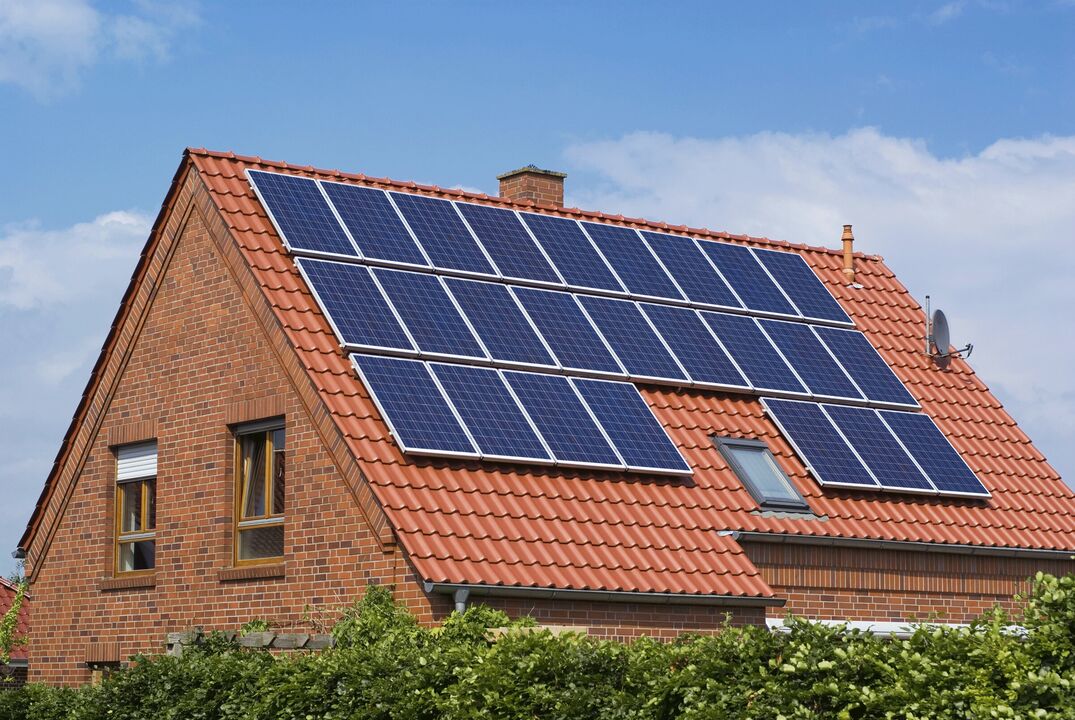
The main advantages of solar houses:
- Solar energy is endless;
- This energy is environmentally friendly;
- No greenhouse gas emissions.
The solar panel has no moving parts. This means that the only thing you need to do after installation is to maintain the panels and keep them clean. Snow, dust, and raindrops on the battery will reduce the amount of sunlight. Remember that dust on the structure can reduce battery power by up to 7%. But there is no need to clean it frequently. One to four times a year is enough. For this, you only need a hose with a nozzle. It is recommended to replace the battery every ten years.
where is your home
The geographic location of your home will have a major impact on solar energy efficiency. The power of solar panels relies on direct sunlight, so the shadows of tall trees or nearby buildings can create obstacles. The longer the battery is exposed to direct sunlight, the higher the efficiency of the system.
Before you decide to install solar panels, please understand the sunshine value in your area. Sunshine is a measure of how much solar radiation hits the earth in a given area over a period of time. High sunlight exposure means a lot of electricity.
You must understand that only you can decide which energy-saving systems your wooden house will use. Discuss all the details with an expert and he will consider all your wishes. Will make your future home not only energy-efficient, but also attractive.
























